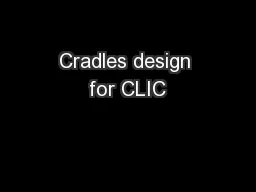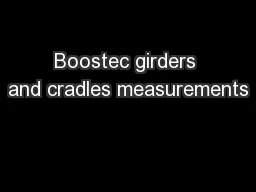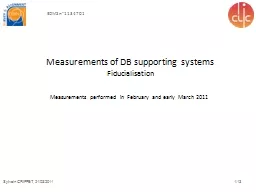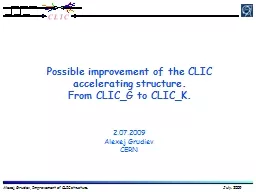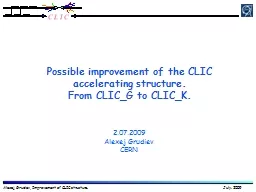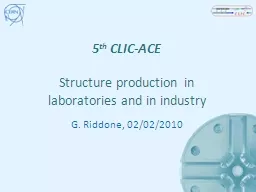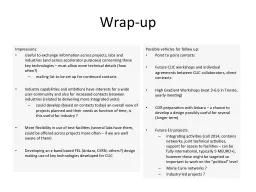PPT-Cradles design for CLIC
Author : kittie-lecroy | Published Date : 2016-03-11
module supporting system EDMS 1158277 General principle Main inputs an requirements Suggested solutions for the alignment Assembling Conclusion Cradles design
Presentation Embed Code
Download Presentation
Download Presentation The PPT/PDF document "Cradles design for CLIC" is the property of its rightful owner. Permission is granted to download and print the materials on this website for personal, non-commercial use only, and to display it on your personal computer provided you do not modify the materials and that you retain all copyright notices contained in the materials. By downloading content from our website, you accept the terms of this agreement.
Cradles design for CLIC: Transcript
Download Rules Of Document
"Cradles design for CLIC"The content belongs to its owner. You may download and print it for personal use, without modification, and keep all copyright notices. By downloading, you agree to these terms.
Related Documents

